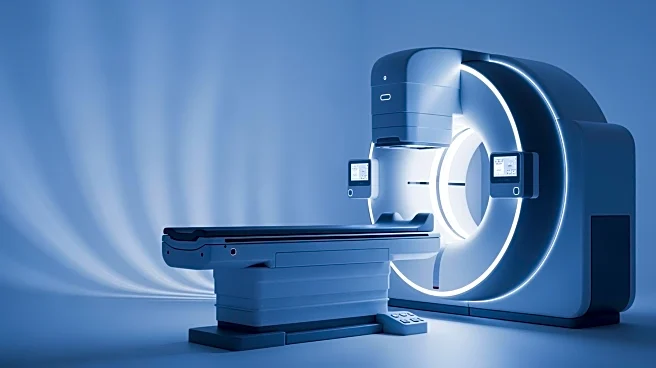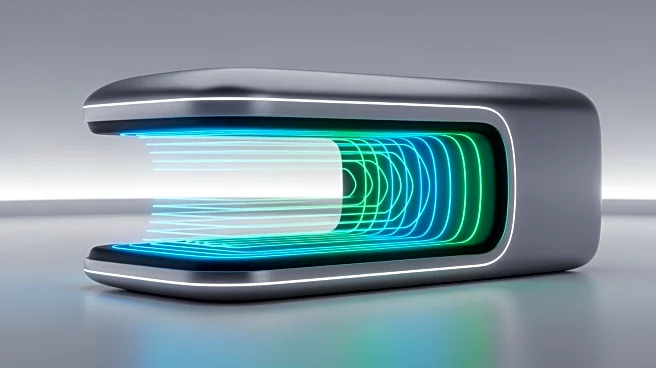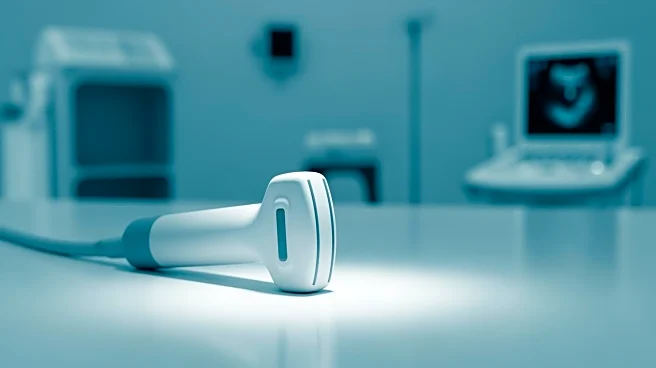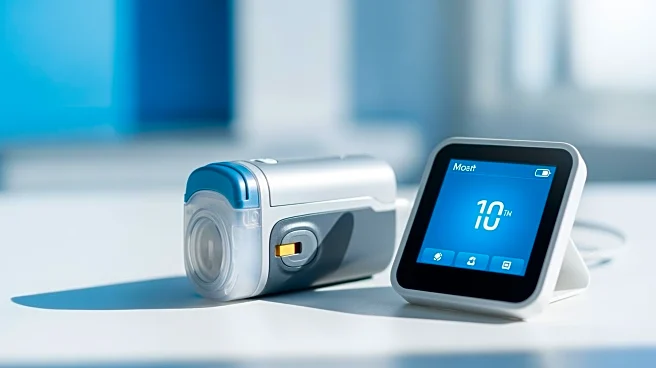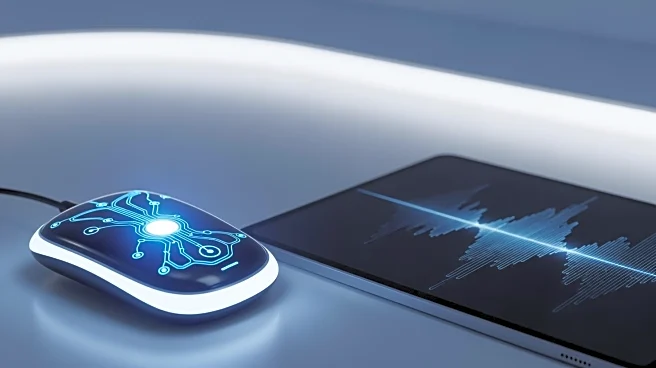What's Happening?
A newly developed joint angle measurement system has been introduced, featuring custom six-axis inertial measurement unit (IMU) modules, an angle-calculation application on an iPad, and a dedicated charger/alignment
dock. The system aims to improve the accuracy and reliability of joint angle measurements in clinical settings. The IMU modules integrate a tri-axial accelerometer and gyroscope, with data sampled at 100 Hz and downsampled to 20 Hz for efficient clinical use. The system underwent several experiments to verify its accuracy and reliability, including comparisons with universal goniometers and assessments of user satisfaction among rehabilitation professionals. The system's usability was evaluated using the System Usability Scale and the Quebec User Evaluation of Satisfaction with Assistive Technology, showing promising results for clinical application.
Why It's Important?
The development of this joint angle measurement system is significant for the field of rehabilitation and clinical assessments. Accurate measurement of joint angles is crucial for diagnosing and monitoring patients' progress in rehabilitation. The system's ability to provide reliable data can enhance the quality of care and treatment outcomes for patients. Additionally, the system's user-friendly design and positive feedback from rehabilitation professionals suggest it could become a standard tool in clinical settings, improving efficiency and accuracy in patient assessments. This advancement may lead to better patient management and more personalized rehabilitation programs.
What's Next?
Future studies are planned to validate the system's performance during active movements and compare it with other measurement systems. The developers aim to refine the system further to ensure its applicability in real-life clinical settings. As the system gains traction, it may be integrated into more rehabilitation centers, potentially influencing the standard practices for joint angle measurement. Continued research and development will focus on enhancing the system's accuracy and usability, ensuring it meets the diverse needs of clinical environments.


